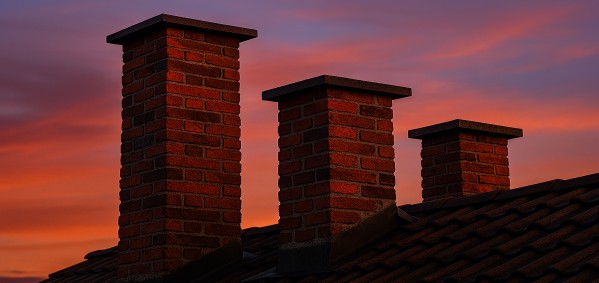Populiariausi produktai

UV-C kvarcinė lempa 15W
Nešiojama, tinka mažoms patalpoms iki 20 m². Kaina: €

UV-C kvarcinė lempa 30W
Tinka vidutinėms patalpoms iki 40 m². Kaina: €

UV-C kvarcinė lempa 36W
Be ozono, efektyvi dezinfekcija iki 50 m². Kaina: €
Privalumai
- ✅ Naikina iki 99.9% virusų ir bakterijų
- ✅ Tinka namams, biurams, klinikoms
- ✅ Greitas veikimas – dezinfekcija per 15–30 min
- ✅ Sertifikuoti UV-C šviestuvai
Susisiekite dėl užsakymo
Tel.: +370 672 40204
El. paštas: domustuta@gmail.com


